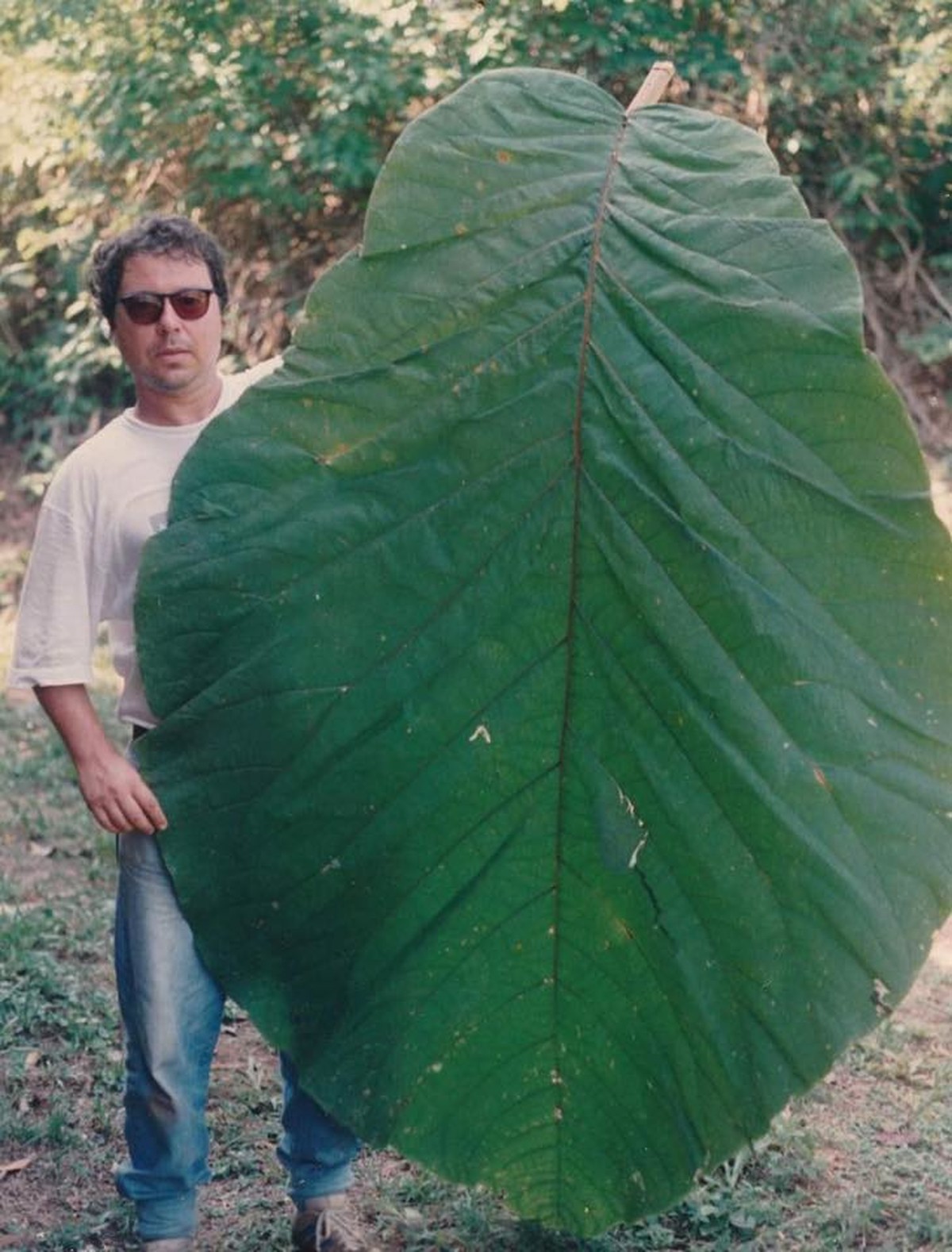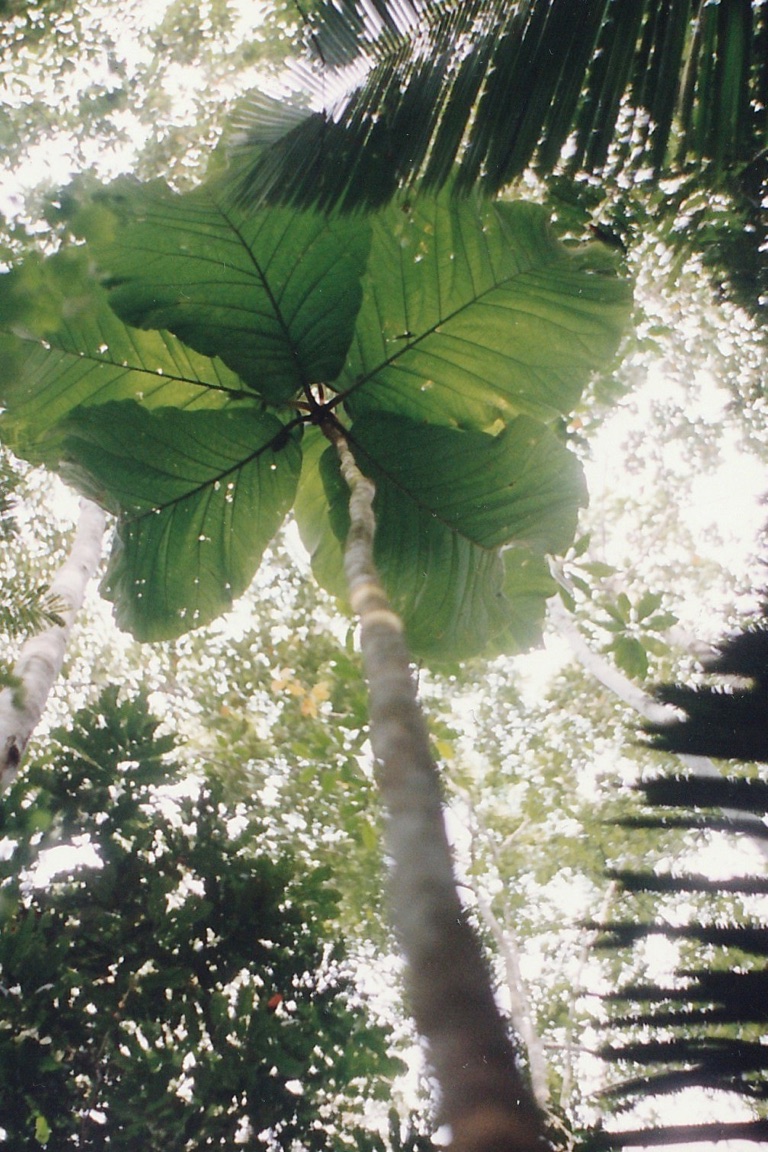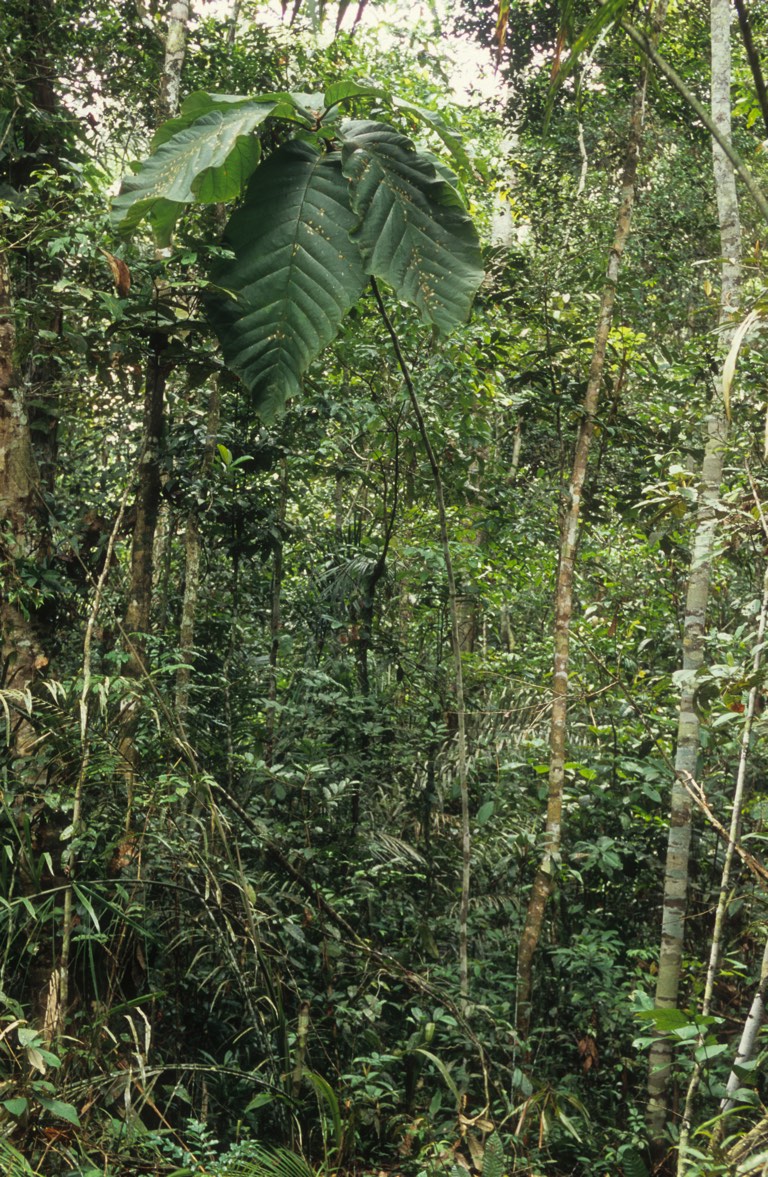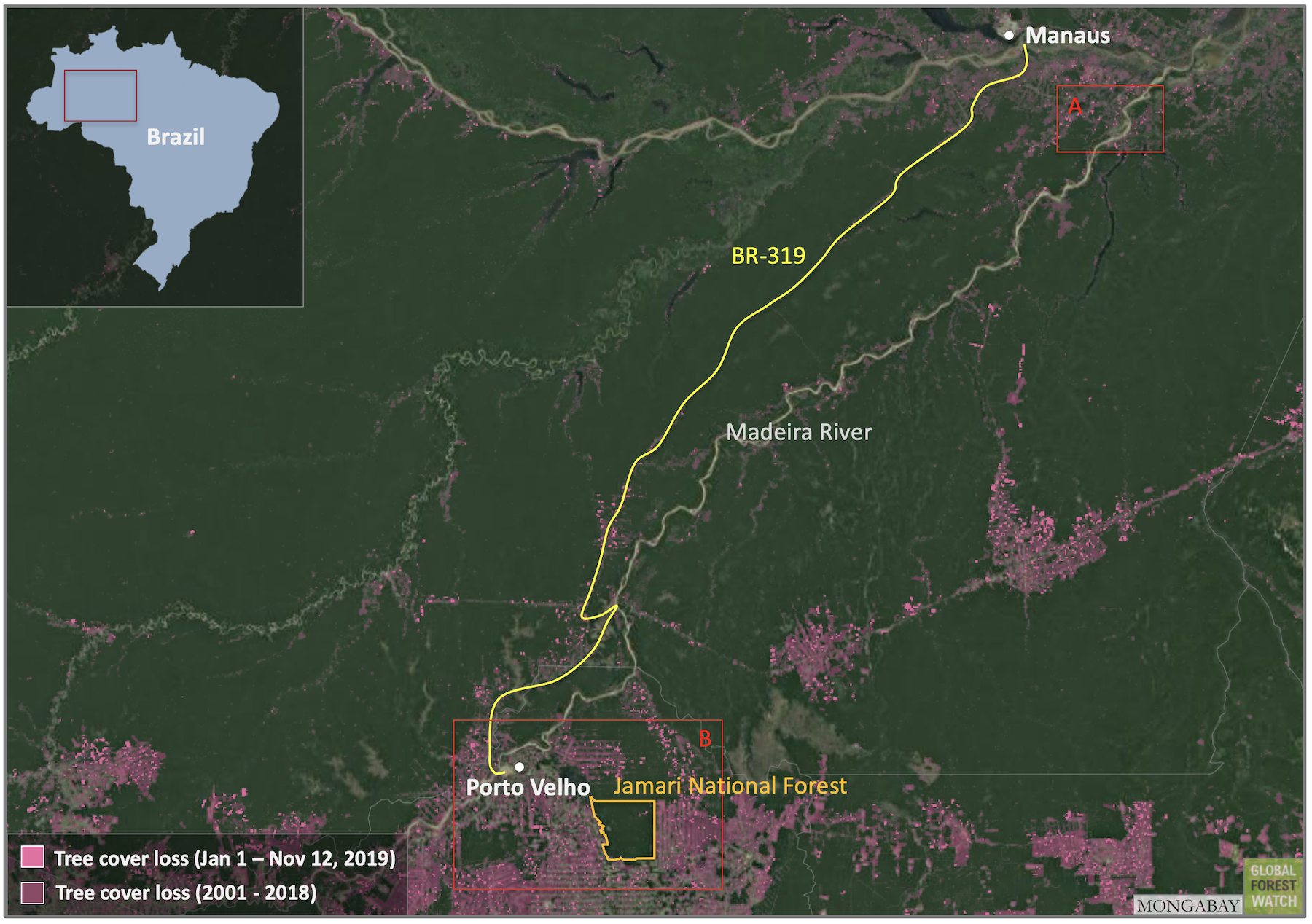A massive, human-sized leaf has been on display at the National Institute of Amazonian Research (INPA) in Manaus, Brazil, for decades, becoming a kind of local attraction. However, the complete identity of the tree it belongs to has remained a mystery – until now.

More than 35 years after being seen for the first time, researchers have described Coccoloba gigantifolia, a tree species from the Brazilian Amazon. What makes the tree special is that it has gigantic leaves that can reach up to 2.5 meters (8 feet) in length. Yes, you’ve read that right.
Although C. gigantifolia has been known to the public and the scientific community for a long time, describing it formally and giving it an official name has been delayed – for ages. However, that was essential for assessing its conservation status and design appropriate strategies to protect it, according to researchers.
The species is extremely rare, likely having disjointed populations occurring in a rapidly changing landscape. Researchers have recommended listing it as endangered on the IUCN Red List.

Coccoloba gigantifolia leaves can reach as much as 2.5 meters (8 feet) in length. Image credit: Rogério Gribel
Researchers have long been aware that the tree is a species of Coccoloba, a genus of flowering plants that grow in the tropical forests of the Americas. Botanists from INPA first encountered an individual of the unknown giant-leaved Coccoloba tree in 1982 while surveying the Madeira River Basin in the Brazilian Amazon.
However, the individual trees weren’t bearing any flowers or fruits at that time, which would have been essential to describing a plant species. Also, their leaves were too large to dehydrate, press and carry back to INPA. However, the researchers did take notes and photographs.
In 1993, botanists managed to finally collect two large leaves from a tree in the state of Rondônia, which they then framed for public viewing at INPA.
“The species became locally famous, but due to the lack of reproductive material it could not be described as a new species for science,” Rogério Gribel, a researcher at INPA, explained.

Coccoloba gigantifolia. Image courtesy of Rogério Gribel
More than a decade later, in 2005, the same researchers collected some seeds and dying flowers from a tree in Jamari National Forest. Again, the samples proved insufficient to describe the plant species. So what they did was sowing the seeds at the INPA campus, growing the seedlings, and waiting. And their patience literally bore fruit. 13 years later.
In 2018, one of the planted trees finally flourished and fruited, yielding the botanical material the scientists needed to describe the new species.
“We are very happy and proud that after the long period of ‘tracking’ such a peculiar and relatively rare species we have finally succeeded in obtaining the flowers and fruits that are the essential structures for describing a new species for science,” he said.

Coccoloba gigantifolia. Image by Silvestre Silva
Gribel and his colleagues, who described the species in a recent paper published in Acta Amazonica, have named it C. gigantifolia in reference to the plant’s giant leaves.
It grows to about 15 meters (49 feet) in height and its leaves can reach 2.5 meters (8 feet) in length! It is likely the largest known leaf among dicotyledonous plants – a large group of flowering plants that include sunflowers, hibiscus, tomatoes and roses.
Unlike monocotyledonous plants, the seeds of these plants can be split into two identical halves, each forming the first two embryonic leaves of the seedling, with their leaves generally having branched veins.
“The middle and low stretches of the Madeira River still have much of their forest conserved but deforestation has been growing rapidly in these areas especially in northeastern Rondônia and southern Amazonas,” Gribel said. “The Samuel Dam in the Jamari River (and possibly the Santo Antonio and Jirau Dams in the Madeira River) flooded tens of thousands of hectares of forests with Coccoloba gigantifolia and may have negatively affected the populations. The ongoing paving of the BR319 highway will increase deforestation throughout the Middle and Lower Madeira region.”
Based on these findings, the authors have recommended listing the species as endangered on the IUCN Red List.

Researchers found Coccoloba gigantifolia at two spots close to the Madeira River and BR-319: near Manaus in Amazonas state (inset A) and Porto Velho in Rondônia (inset B). Satellite data from the University of Maryland show that these areas have experienced heavy deforestation over the past couple decades. Source: GLAD/UMD, accessed through Global Forest Watch.
With the formal description at hand, scientists reckon the species is likely rare and has a high risk of extinction. Individuals of C. gigantifolia have been recorded nowhere else than the Madeira River Basin in the Brazilian states of Amazonas and Rondônia – however, these areas are currently impacted by major infrastructure projects such as the above-mentioned hydroelectric dams, roads and expanding agriculture.
So, will we ever be able to view this species elsewhere than in museums? Guess it depends on us.

